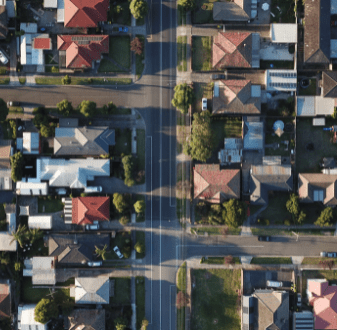The Social Health Atlas analysis, produced by the Public Health Information Development Unit (PHIDU) at Torrens University, has found lower uptake of the vaccination in areas of major Australian cities where there were relatively higher proportions of:
- people born in countries where English is not the main spoken language in major capital cities
- age pensioners
- people receiving a JobSeeker payment and
- Aboriginal and Torres Strait Islander people.
Outside of the capital cities, major drivers of low uptake include the proportion of the population who are Aboriginal or Torres Strait Islander people, people living in social housing and those with lower educational attainment.
The results of the analysis come as patterns of infection, effectiveness of vaccination campaigns, social and cultural factors and adherence to lockdown measures continue to generate debate.
Professor John Glover, Director of PHIDU, says the information about the impact on different groups in the community is critical at this time as we seek to reach the target of 70% and above of the population fully vaccinated.
“In a band of LGAs running westward from Sydney to Liverpool and Penrith, for example, less than 40 per cent of the population were fully vaccinated in early September, compared to over half the population in Woolahra and several LGAs on the north shore," explains Professor Glover.
"However, by 6 September, in all but one of these LGAs (Sydney), three quarters or more of the adult population had received a first dose - an encouraging sign, although their coverage has still some way to go, given the work and life characteristics of many in these areas.
"In contrast, in the other capital cities the correlation between areas with high proportions of at least one dose and those fully vaccinated remains strong. In Adelaide, Melbourne and Perth there is a perfect correlation, and nearly so in Brisbane. In this respect, these cities haven't - as yet - achieved the increase in vaccinations needed in the more disadvantaged areas."
Professor Glover says that given there are differences in vaccination rates, the data could prove useful when decisions need to be made about not just targeted campaigns but how best to land messages about vaccination in specific communities.
For the full report click here.





